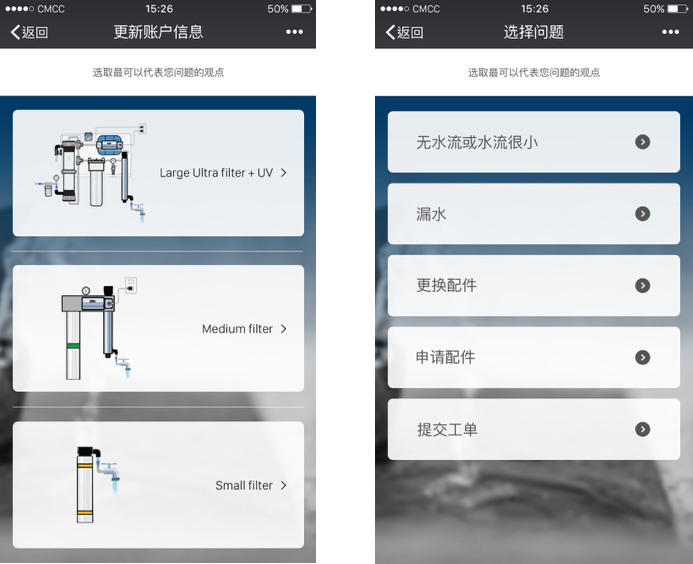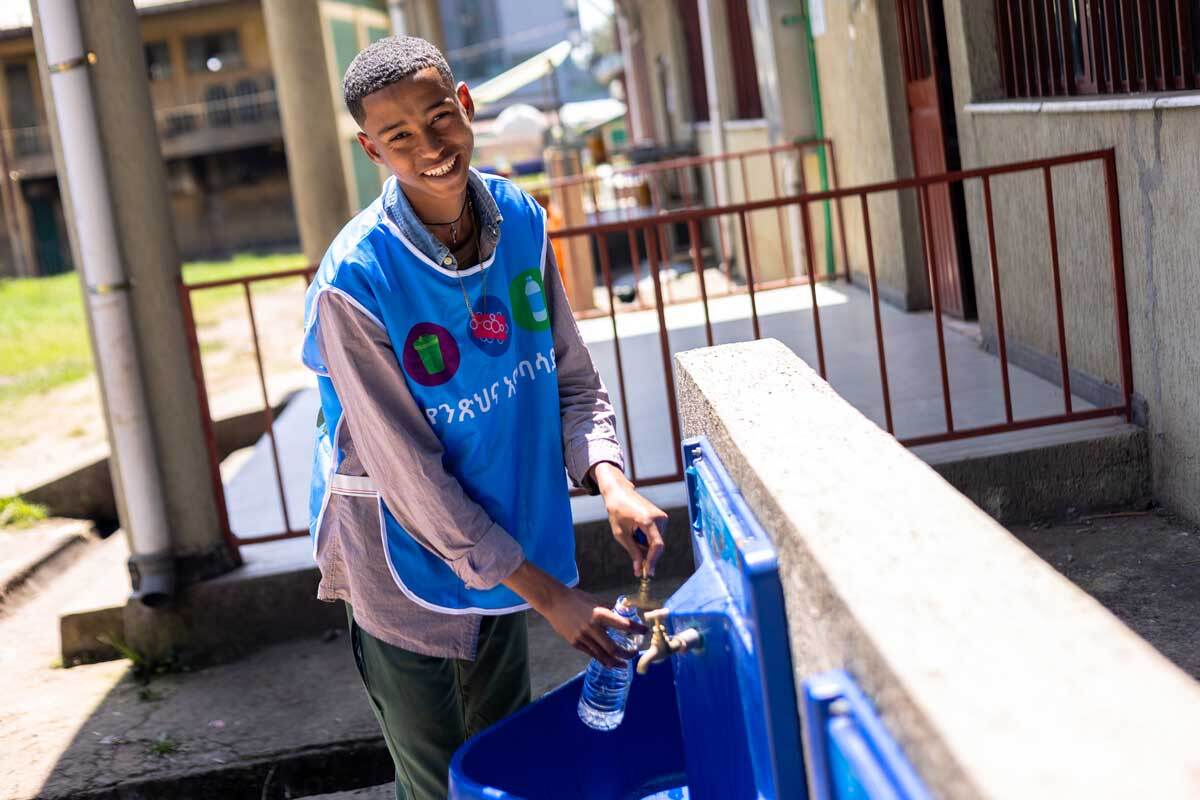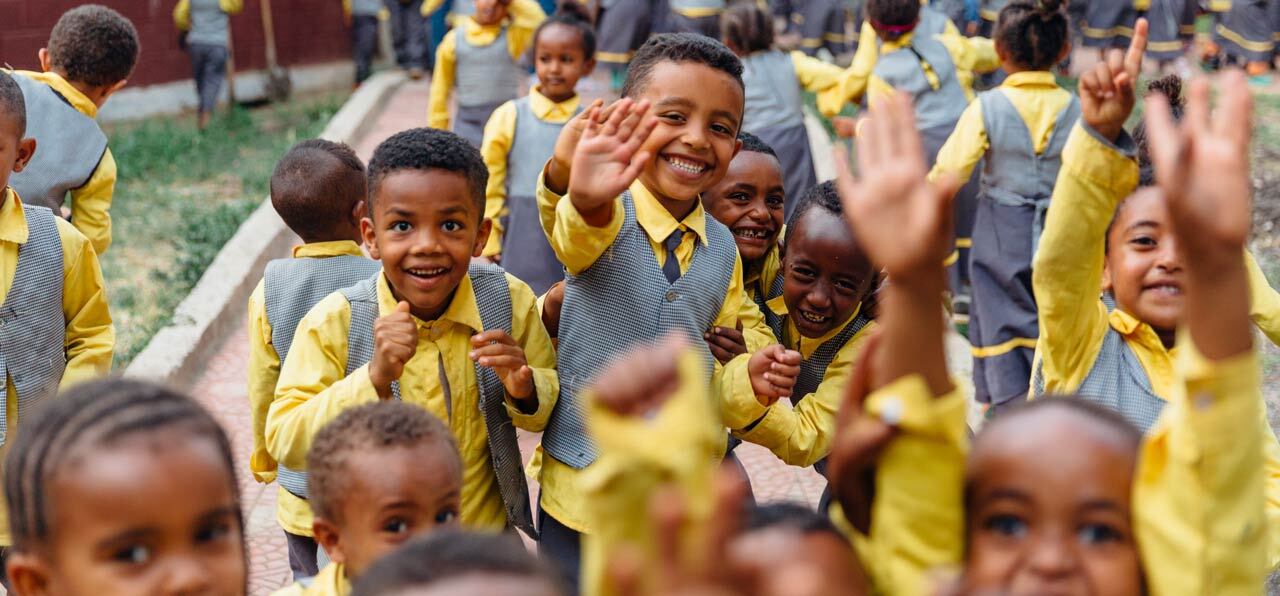Articles and information about Splash and the work we do.

July 17, 2017
Supporting Clean Water for Kids across China through Mobile Technology

In 2007, Splash began our work in China to reach over 1,100 orphanages spread across a country that spans 3.7 million square miles. Ten years later, Splash is set to reach our goal of providing safe water to every single orphanage in China, benefiting over 120,000 children. As we approach this milestone, a new challenge has emerged — how to ensure the long-term service and maintenance of the water filtration systems across the vast distances that we operate, in the most cost-efficient way possible.

Splash uses commercial grade water filtration systems to ensure the highest quality standards for purification. The systems, while incredibly durable and cost-effective, do require annual servicing, and occasionally things go wrong. For example, at one site in 2016, the heat unexpectedly went off during the winter break, causing all the water pipes to freeze, which shut the water system down entirely. While some orphanages have staff comfortable handling minor to major problems, many sites are simply not equipped to do so.
For years, the Yunnan-based technical team provided routine maintenance and responded to service calls in person. With sites spanning from Shanghai to Xinjiang, our small technical team could travel up to 4,000 kilometers to service the water filtration systems. They faced additional hazards in our orphanage sites in Tibet, located 5,000 meters above sea level, where they needed supplemental oxygen masks to complete their work. As Splash looked to devise a long-term sustainability strategy, it was clear that we would have to think outside of the box and devise a more efficient solution.
We’ve witnessed how communication technology is radically changing the lives of the world’s poor, even in far-flung regions of China. WeChat, a mobile app and messaging platform that has taken China by storm (read more here) has over 846 million monthly active users, and has become a ubiquitous fixture of modern life in China, much like WhatsApp in India or Facebook Messenger in the United States. People and businesses use WeChat for mobile payments, social marketing, shopping, games, customer service, even charitable giving. Why couldn’t Splash use it to help ensure clean water for kids?
With the generous support of FIL Foundation and a tech-savvy WeChat developer, Eggplant Digital, Splash decided to take the leap and develop a mobile app. Our goal was to leverage our Salesforce data with a customized WeChat interface that would allow users to verify their account and filter system information, receive automated reminders of upcoming maintenance, and view instructional guides, while also requesting spare parts and expert support via the WeChat app. The customized WeChat app launched this month and has already generated rave reviews from orphanage staff.
“Very good! Before this we relied on the telephone and QQ messaging, now there is a new way for easier and faster communication between us.”- Mr. Guan Changyong, Director of Panjing City SWI of Liaoning Province

When the orphanage can’t solve a problem on their own, they have the option to submit a help request directly to our team. Help requests use WeChat’s capability to send pictures and video recordings to allow users to explain the issue they are facing. The feature enables Splash’s local team in China to follow up directly through WeChat messaging. Thanks to our state-of-the-art use of technology, Splash has a new tool to help ensure clean water for tens of thousands of kids across one of the world’s largest countries, without having to send our staff to every corner of the country.
As many tech firms know, the first version is never the last. We need innovative partners to help us continually improve our technology solutions. In the future, we hope to use WeChat for mobile fundraising campaigns in China and partner with Tencent, the parent company of WeChat, to leverage their powerful mobile platform and innovative charitable support. Splash is also looking for local partners in China to help us streamline the supply chain of spare parts that each of our partner sites depend on, for which we have created a local sustainability network.
If you are interested in supporting our work, you can donate here or connect with our local sustainability network, by contacting our Splash China team. Splash projects in China can also receive local donations through our joint project account with China Charity Federation, funding filter replacement parts. We received our first local donation from Watsons at the end of 2016 and are excited to grow our local funding partnerships to help sustain clean water for every orphan, abandoned or disadvantaged child. Please contact us if you are interested in donating through China Charity Federation to be eligible for a tax-deduction in China.
Splash aims to improve the health and development of children in dense, urban areas by ensuring they have clean water, clean hands and clean toilets. Founded in 2007, Splash has completed over 1,700 projects serving more than 400,000 kids in eight countries: China, Cambodia, Bangladesh, Ethiopia, India, Nepal, Thailand, and Vietnam. Over the next five years in Kolkata, India; Addis Ababa, Ethiopia; and Kathmandu, Nepal; Splash aims to reach 100% of public schools with full WASH coverage to ensure that over one million children have clean water, clean hands and clean toilets by 2021.
Taking an investment approach to grant making, the FIL Foundation funds strong charities where a grant can add lasting, measurable value. The Foundation seeks to support strategic initiatives that enable charitable organizations to reach new levels of achievement. Grants are intended to strengthen charities and encourage the highest standards of management and long-term sustainability.

